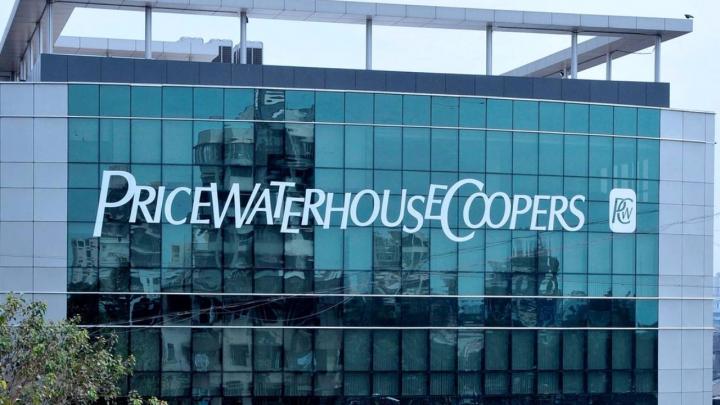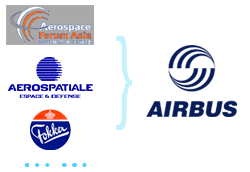

Surviving in rapid economic growth sometimes calls for changing corporate structures, and mergers and acquisitions has become a strategy for many global brands. Statistics show that the volume of global mergers and acquisitions in 2006 reached USD 3.6 trillion, beating the previous record high in 2000. And the latest report released by Morgan Stanley indicates that this record will be likely beaten again in 2007. In the case of merging brands, there arises an important consideration: how to give the merged brand a suitable name?
Several merger naming strategies can be used. The name of one merged company can be used to represent the new corporations. A new brand name can also be created from scratch, or even derived from one or more of the former corporations’ brand names.
The use of only one company’s name can be grouped to two situations: main-sub mode and single mode. Main-sub mode is when the name of one merging corporation becomes the new brand name and the other corporation name or names are adopted for products or sub-brands. Youtube became one of Google’s sub-brands, Compaq is marketed as a product line of HP, and electronic application retailer Gome in China added Yolo as a product in its new gaming system. This is recommended when the merging brands are both strong on the market, with one being more dominant or offering a wider range of products or services.
Single mode in merger naming is when one corporation’s name is adopted as the new brand name while the others are completely abandoned. After Boeing and McDonnell Douglas merged, the Boeing brand name was used exclusively. Even existing products manufactured by McDonnell Douglas were renamed, such as the MD-95 which was changed to Boeing 717 after the acquisition. This is an effective strategy if one of the brands was previously doing poorly in the market.
Developing a completely new name was the strategy adopted by Airbus. Airbus was jointly founded in the 1970s by several European aircraft manufacturers: Aerospatiale, Deutsche Aerospace, VFW-Fokker, and Hawker Siddeley. In using a new name, the merged brand effectively avoided any strong bias towards any of the participating countries. In general, this type of naming is not popular; in using a completely new name, there is a high risk of losing the valuable brand equity of the merging corporations.

The most common naming method for merging corporations is to derive a new name from the former corporations. For instance, Price Waterhouse and Coopers & Lybrand merged in 1998 and created the new name PricewaterhouseCoopers; the merger between Alcatel and Lucent brought the brand Alcatel·Lucent; China’s famous securities brand Shenyin Wanguo originated from the merging of two brands Shenyin and Wanguo in 1996. This combination strategy allows the former brands to carry-over into the new corporation names that are familiar and resonant to consumers, while strengthening the image of unity and joining of forces to the public.

In mergers and acquisition, brand equity is as important as the more obvious financial considerations at play. The right naming strategy will help merging companies to maximize the benefits of the merge, and to avoid confusing consumers or losing their recognition.
A Labbrand Group Company © 2005-2024 Labbrand All rights reserved
沪ICP备17001253号-3* Will be used in accordance with our Privacy Policy
To improve your experience, we use cookies to provide social media features, offer you content that targets your particular interests, and analyse the performance of our advertising campaigns. By clicking on “Accept” you consent to all cookies. You also have the option to click “Reject” to limit the use of certain types of cookies. Please be aware that rejecting cookies may affect your website browsing experience and limit the use of some personalised features.